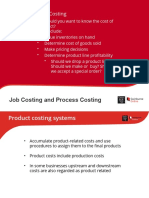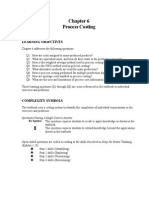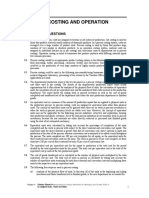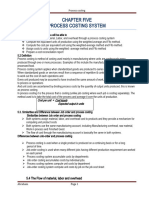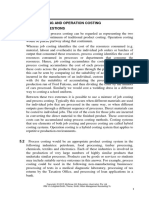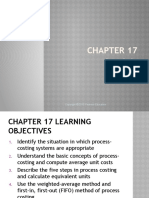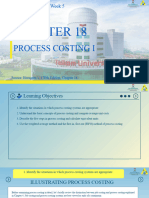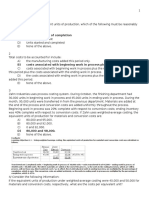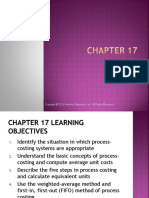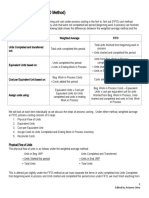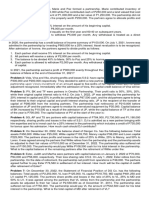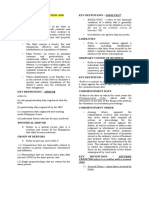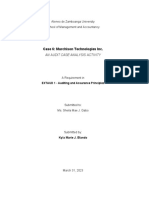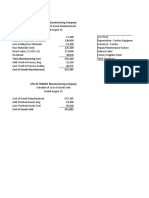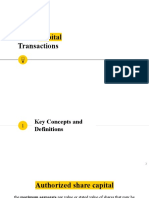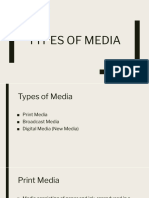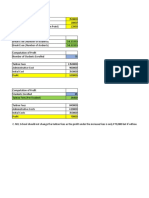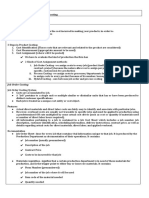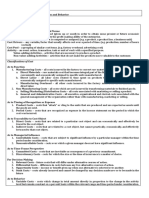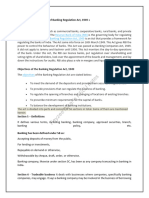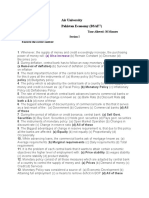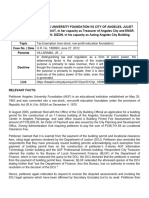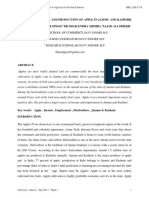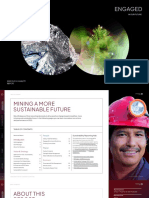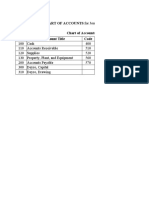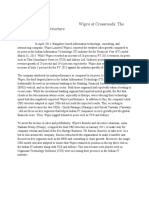0% found this document useful (0 votes)
57 views6 pagesCOSMAN 1 Learning Packet 5 Process Costing
[The document provides an overview of process costing, including:
- Process costing is used for continuous production of standardized products like textiles, chemicals, oil refining.
- Costs are compiled periodically and assigned to completed units and work-in-process based on a weighted average or FIFO method.
- The weighted average method includes beginning work-in-process in equivalent unit and cost calculations, while FIFO excludes beginning amounts.
- Process costing involves calculating production in equivalent units, determining equivalent unit costs, and assigning total costs to completed units and ending work-in-process inventory.]
Uploaded by
Ciana SacdalanCopyright
© © All Rights Reserved
We take content rights seriously. If you suspect this is your content, claim it here.
Available Formats
Download as PDF, TXT or read online on Scribd
0% found this document useful (0 votes)
57 views6 pagesCOSMAN 1 Learning Packet 5 Process Costing
[The document provides an overview of process costing, including:
- Process costing is used for continuous production of standardized products like textiles, chemicals, oil refining.
- Costs are compiled periodically and assigned to completed units and work-in-process based on a weighted average or FIFO method.
- The weighted average method includes beginning work-in-process in equivalent unit and cost calculations, while FIFO excludes beginning amounts.
- Process costing involves calculating production in equivalent units, determining equivalent unit costs, and assigning total costs to completed units and ending work-in-process inventory.]
Uploaded by
Ciana SacdalanCopyright
© © All Rights Reserved
We take content rights seriously. If you suspect this is your content, claim it here.
Available Formats
Download as PDF, TXT or read online on Scribd
/ 6

